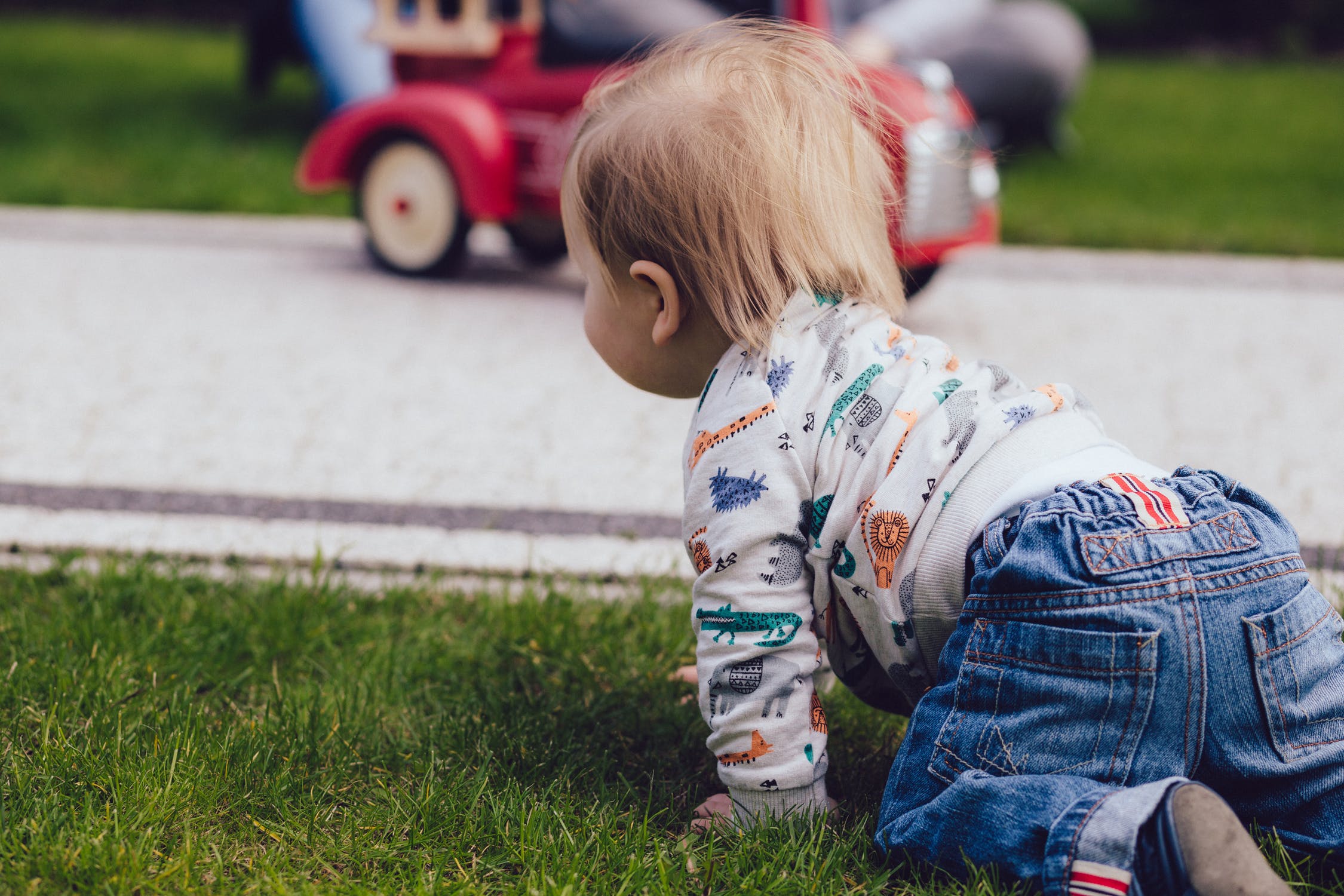
While mobility in the arms and hands are important to an individual's quality of life, the ability to walk independently is a major concern among parents of children who have suffered a stroke.
In Canada, there are currently 400,000 individuals dealing with the side effects of a stroke every day, of which 80 per cent are over the age of 60.
Luckily, early intervention can limit the amount of damage to the brain, thus reducing the severity of the stroke.
But what do you do if the person who has just had a stroke hasn't even been born yet?
A new University of Alberta study in the Faculty of Rehabilitation Medicine is looking at intervention techniques when it comes to babies who have suffered a perinatal stroke.
Jaynie Yang, professor, Department of Physical Therapy, Faculty of Rehabilitation Medicine is the recipient of a Brain Canada grant that will allow her to investigate activity-based therapy to increase mobility in children with impaired walking due to stroke.
This project has been made possible by the Brain Canada Foundation through the Canada Brain Research Fund, with the financial support of Health Canada and Stollery Children's Hospital Foundation through the Women and Children's Health Research Institute (WCHRI).
"What typically happens is that newborn babies or babies that are still in the womb suffer a stroke. Signs that a stroke has occurred can be picked up if the stroke happens around the time of birth and the child develops seizures. But often, the stroke happens earlier, and there are no signs until the child is three to six months old," says Yang. "Once symptoms start occurring, such as low levels of movement in one side of the body, that's when the child is referred to a specialist."
Out of every 1000 births, one will result in a perinatal stroke. Up to now, treatment for these children has always been focused on the arms.
While mobility in the arms and hands are important to an individual's quality of life, the ability to walk independently is a major concern among parents of children who have suffered a stroke.
"Disabling effects are life-long for these children, but we're hoping we can alleviate some of the issues with early intervention and activity," explains Yang. "Interventions to improve mobility have mostly focused on passive activities, such as stretching, bracing, medications and surgery. But we think that physical therapy has a role to play in all of this."
According to Yang and her team, enhancing the activity of the affected leg early in life could improve leg function and avoid or delay other costly and painful interventions.
"Because a baby's brain is so malleable, there is a window where the effects of activity-based intervention are more likely to be successful."
Weights, uphill climbing, kicking and stomping are just some of the activities Yang is hoping to conduct with her tiny clients. And thanks to her Brain Canada grant, she'll be able to provide all of this and more.
"Right now, we are finishing a study at the University of Alberta where we show that intensive activity-based therapy delivered by a research physical therapist can improve leg function in these children. This grant is allowing us to take our intervention further by having therapists who normally see these children deliver the therapy in partnership with the child's parent(s)," says Yang. "The trial will involve three rehabilitation centres: Glenrose Rehabilitation Hospital, Alberta Children's Hospital, and the Children's Hospital of Eastern Ontario."
These funds will also help the team look at other factors, such as an economic analysis.
"We have a health economist in Calgary who we are working with to try and track how much health-care these children use over time, and whether our intervention does anything to change that."
While the trial has not yet started, Yang is already optimistic about where this study can take health-care in the future, and the positive impact it can have on stroke survivors' lives.
"We believe this study will not only improve the outcomes for the children, but also potentially improve quality of life for the families as a whole. That's very important."